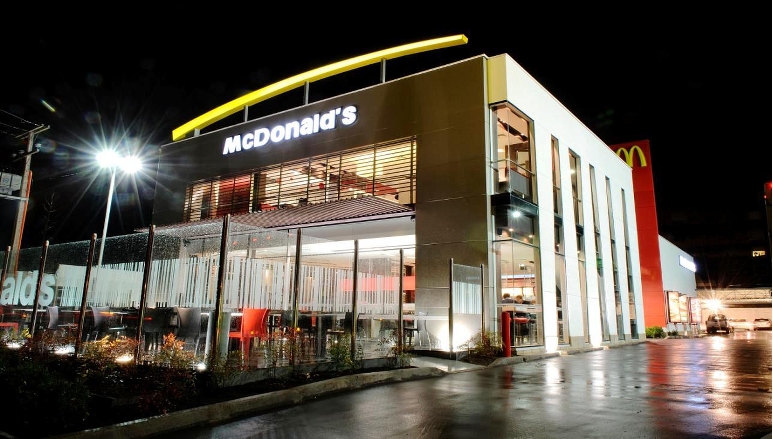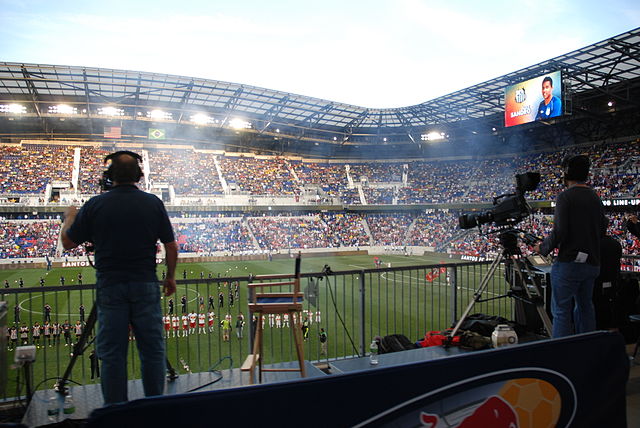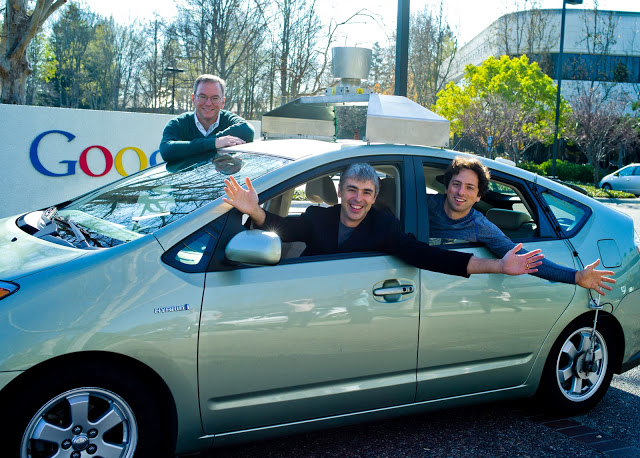One of the tech buzzwords, or acronyms, a few years back was SoLoMo – Social Local Mobile. In reviewing the slides for the Future Proofing Your Business presentation next week, the term came up in one of the notes.
It’s interesting look at the fates of the three different concepts over the past few years; mobile has boomed and redefined computing and social has become big business with Facebook growing into a hundred billion dollar company.
Local though has struggled with Google, Facebook and a host of smaller and newer startups struggling while the Yellow Pages franchise dies. Despite the power of maps and geolocation, local just isn’t doing as well as the other two.
This could be down to the difficulty in harvesting the massive amounts of disparate data available to any service trying to draw an accurate picture of what’s in the neighbourhood.
Google Places tried to standardise that information for local businesses but the complexity of the service and its opaque, arbitrary rules meant adoption has been slow and merchants are reluctant to update details in case they fall foul of the rules.
Local services’ failure to take off has also had a consequence for the media as its in hyperlocal services that publishers have possibly their best opportunity to rebuild their fortunes.
That failure to properly harness mobile has also hurt merchants as many local operations are struggling to find useful places to advertise given Google Adwords and Facebook can be extremely expensive places to advertise.
So the mobile space is still ripe for a smart entrepreneur – a new Google or Facebook – to dominate.






